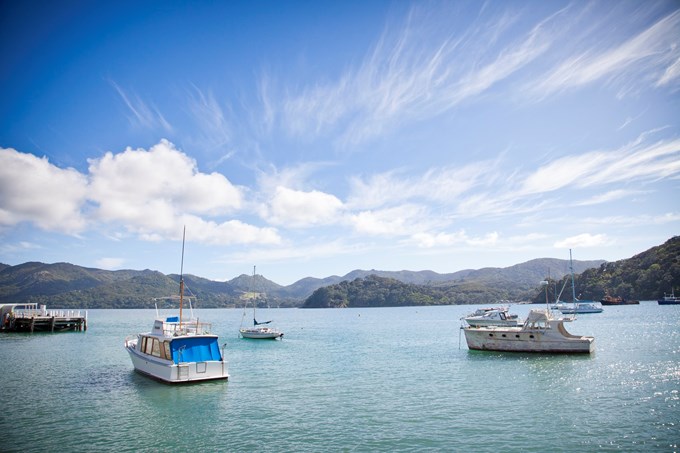Marine pests are an emerging threat to the region’s marine biodiversity, industries such as aquaculture, and our ability to relax and enjoy summer on the beach.
We all have a responsibility to care for our marine environment, a commitment that does not solely rest with Auckland Council.
Prevention is better than cure when using the marine environment so it’s important for users to avoid spreading marine pests; once established, they are notoriously difficult to control.
What can you do to help? Check boat hulls, gear and equipment are free of pests before moving to new locations.

In November 2020 Auckland’s new Regional Pest Management Plan 2020-2030 became operative except for the marine provisions.
This week, for the first time, the marine provisions now included in Auckland’s Regional Pest Management Plan come into effect, extending effective biosecurity protection into the sea as well as the land.
“Our coastlines and harbours are loved by Aucklanders. Over recent years, new marine pests have emerged, threatening our marine environment.
“It’s up to all of us to put in the effort to protect our native species for future generations. We need to enhance and extend biosecurity protections into the marine environment as well as on land”, says Councillor Hills, Chair of the Environment and Climate Change Committee.
The main new rules require boats to have no more than a slime layer and barnacles on the hull.
Auckland Council will be focused on education in the first instance, to ensure boat owners understand their new obligations and how to comply.
Compliance will take a risk-based approach, focusing particularly on boats that are moving to new sites, especially the outer gulf islands, west coast and other areas that are currently relatively free from marine pests.
Auckland Council is collaborating with neighbouring regions, from Bay of Plenty to Northland, in the development of a Clean Hull Plan (formerly the Inter-regional Marine [Pest] Pathway Management Plan) under the Biosecurity Act. This is intended to ensure clear, consistent rules apply to craft including boat hulls, making it simpler for boaties moving between regions.


